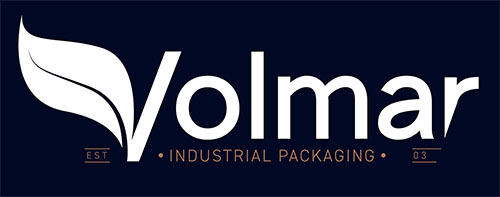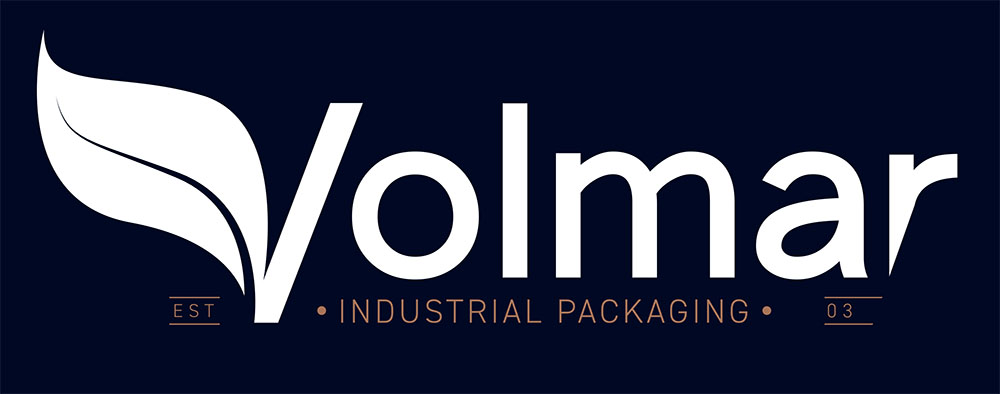
Polypropylene (PP) is one of the most widely used plastics in the food packaging sector, along with polyethylene (PE). This polymer’s characteristics and properties make it particularly suitable for food packaging.
In this article, find out what PP is and understand the characteristics of this plastic material. We analyze the pros and cons of polypropylene and its main applications in food packaging. Let’s see everything you need to know about it.
What is PP?
Polypropylene, abbreviated to PP, is a thermoplastic material made through the polymerization of propylene. It was first created in 1954 by Italian chemist Giulio Natta, who was awarded the Nobel prize for chemistry in 1963 for his work on the catalysts required for polypropylene production.
PP is a highly ductile, low-density material with good tensile strength, excellent chemical resistance and good thermal resistance. It is a light and versatile plastic polymer that is cheaper than other materials with similar technical characteristics, meaning that products crafted from it are financially competitive.
In comparison to polyethylene, PP is somewhat similar but there are also some substantial differences. Polypropylene has a lower density than PE, it is more rigid at low temperatures and offers better performance at high temperatures; however, it has a greater need for stabilization.
The use of PP in packaging
These days, there are numerous applications of PP in food packaging, and many containers are made with polypropylene. This polymer can be used to create rigid films ideal for packaging fresh and perishable food products, including those with high-barrier structures like Mono PP or PP EVOH PP/PE.
With PP, it’s also possible to make rolls of flexible films, laminates and COEX – high-quality products that are also suitable for vacuum packaging and are microwave and oven safe. Examples are OPA/PP, PET/PP, PET/PP EVOH PP and PET MET/PET MET/PP.PE, which can be customized with flexographic printing in high definition.
We offer plastic packaging made of PP available in the form of trays and containers in various shapes and sizes, including thermoformed versions, as effective as PE packaging. Polypropylene is also used in flow pack packaging; in fact, laminated or single-layer PP films are suitable for flow pack packaging.
Pros and cons of PP packaging
The use of PP for food packaging offers a number of advantages. Firstly, it is a food safe material as it prevents any contamination. Polypropylene is also highly recyclable so it can be separated, recycled and recovered.
Polypropylene is a non-toxic and impermeable material that is also very flexible and transparent. Overall, PP packaging helps to enhance products, preserve food optimally and this polymer can be used to make modern food packaging with customized graphics.
Some of the defects of polypropylene are solved through processes like lamination and coupling, increasing its mechanical resistance and resistance to atmospheric agents. This makes it possible to improve the performance of PP and create products that are suitable for various uses.
Volmar Packaging offers a wide range of high-quality polypropylene food packaging, such as containers, trays and pouches made with single-layer, laminated or coupled PP, including high-barrier polypropylene packaging for those who need a high level of protection against external agents.

